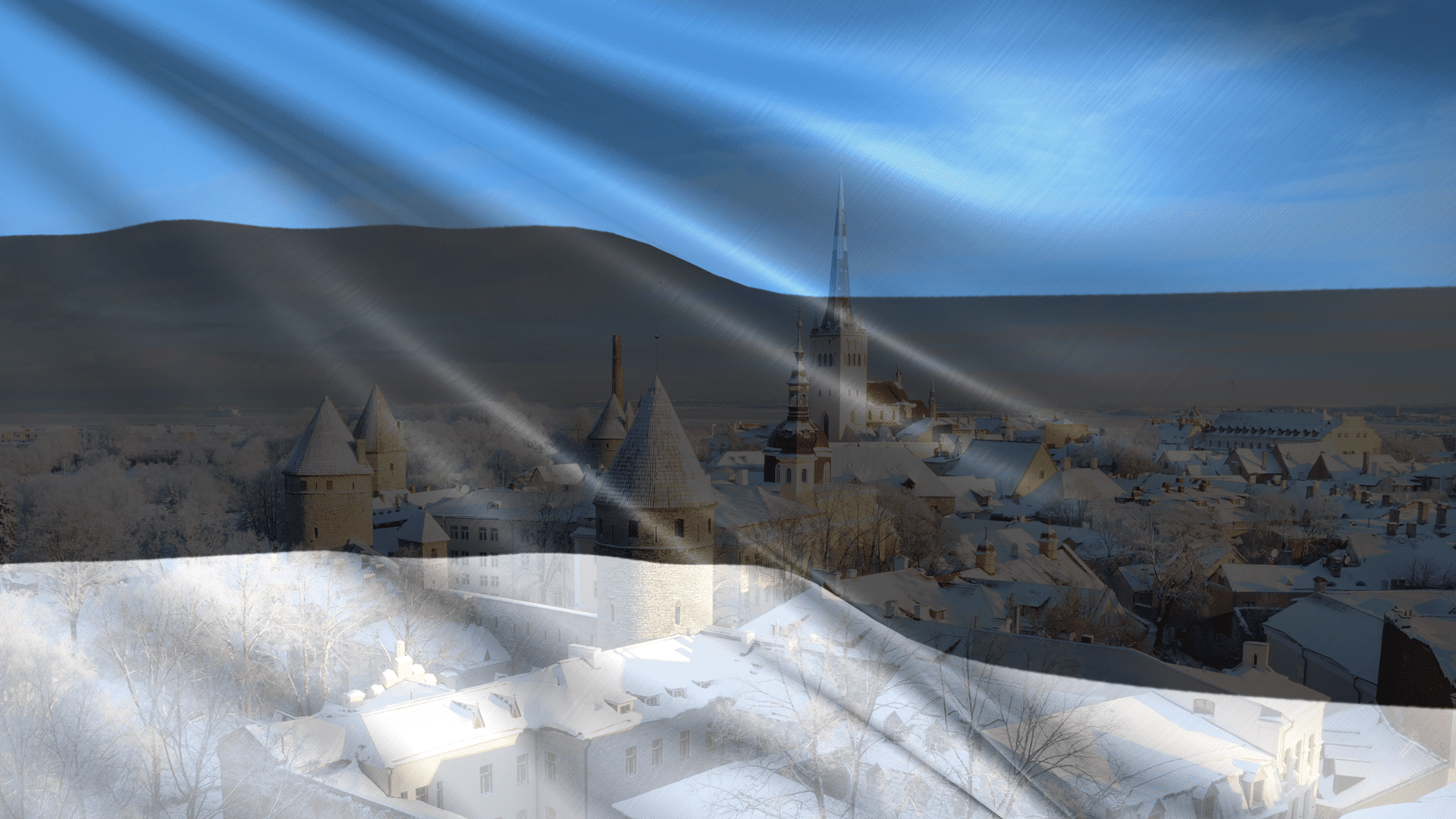
- Select a language for the TTS:
- UK English Female
- UK English Male
- US English Female
- US English Male
- Australian Female
- Australian Male
- Language selected: (auto detect) - EN
Play all audios:
DESPITE THE FAMILIARITY OF THE LANDMARKS CHARLES MEYRON DEPICTED, MORE THAN 150 YEARS LATER HIS WORK REMAINS UNDER THE RADAR The etcher Charles Meryon (1821-1868) considered the buildings of
19th-century Paris to be his favourite models and muses, not the people who thronged its streets. A former Keeper of Prints and Drawings at the British Museum wrote in 1922 that the modern
French school of etching began in 1850 with Meryon’s Le Petit Pont etching. An early 20th-century art critic even rated Meryon alongside the printmaking greats Rembrandt and Dürer. The
etchings Meryon made of Parisian buildings and structures are his best-known images, and were created during a five-year period of exceptional productivity. However, Meryon was blighted
throughout his life by poor mental and physical health, dying in an asylum before he was 50. Meryon’s mother, Pierre-Narcisse Chaspoux, was a dancer at the Paris Opera. She moved to London
in 1814 to live with an unmarried minister of parliament, with whom she had a daughter. When she became pregnant by her lover’s friend, Dr Charles Lewis Meryon, she returned to Paris, where
she gave birth to Charles. READ MORE: MARSEILLE WAS EARLY ‘RESISTANCE CAPITAL’ AS NEW SERIES SHOWS Pierre-Narcisse died when Charles was 17, shortly after he had moved to Brittany to attend
naval school in Brest. He obtained near-perfect scores for drawing there, and turned his hand to watercolour, only to discover that he was colour-blind. A LIFE AROUND THE WORLD His naval
training took him to the Mediterranean, and from 1842 to 1846, around the world to New Zealand. On his return he moved to Paris, later becoming involved in the political tensions of 1848
that resulted in revolutionaries toppling the monarchy, and the establishment of the Second Republic. As a member of the National Guard he had to resist the uprisings and describes how he
once spent three days fighting in the street. Through the turmoil Meryon doggedly pursued his artistic ambitions. Although his colour blindness prevented him from working with paint, he
acquired great skill in the practice of etching*. He had unconventional preparatory methods, drawing what he saw in the streets on scraps of paper cupped in his palm, which he would piece
together at home. He completed his finest works in Paris from 1850, when he captured a city in transition, full of medieval character not yet lost to the urban improvements of the Second
Empire (1852-1870). They do not depict the Paris that 19th-century tourists visited. In some of his prints, even Notre-Dame is a supporting character rather than the star. The 1852 etching
of La Pompe Notre-Dame, for example, puts the functional, industrial structures of the title centre stage. The twin bell towers of the iconic cathedral merely peep above the skyline. In his
etching of Le Pont Neuf, the bridge and surrounding buildings fill most of the picture space. Chimneys belch smoke into the small pocket of visible sky. READ MORE: TWITTER ACCOUNT DEVOTED TO
FRANCE’S ‘UGLIEST’ ARCHITECTURE UNDER FIRE HIS MOST WELL-KNOWN WORK Le Stryge, brings the viewer face-to-face with the sculpture of a horned and winged demon in a lofty part of Notre-Dame
that overlooks the 15th-century Tour Saint-Jacques. The Gothic imagination that Meryon captured so convincingly in his etchings is nowhere more apparent than in this sinister vision. An
early 20th-century biographer talks of how ‘the spirits spoke to him in every street of Paris.’ Mental illness affected his ability to work from 1855, as he experienced delusional episodes
and extreme melancholia. After a necessary spell in an asylum, his work appeared in the Paris Salon and he gained recognition from literary giants Charles Baudelaire and Victor Hugo. Despite
this growing success, he suffered paranoid delusions and religious mania, and was re-admitted to the asylum in 1866, where he died two years later. Meryon was buried in Père Lachaise
cemetery in Paris, commemorated with a copper plate (the kind used for etching) made by his friend, the etcher Félix Bracquemond. *Etching: a metal plate is covered with a waxy ground
resistant to acid. The artist uses a sharp tool to scratch off the wax, creating the lines desired for the finished work. The plate is then dipped in an acid bath. The acid corrodes the
exposed metal, leaving behind the ‘drawing’. The wax is then removed, the plate inked up and wiped clean, leaving ink only in the ‘etched’ lines. The plate, topped with a sheet of paper, is
put through a high-pressure printing press. The paper picks up the ink in the etched lines, making a print. RELATED LINKS GUSTAVE EIFFEL: REVEALING THE MAN BEHIND THE EIFFEL TOWER EXPLORE 13
FRENCH LANDMARKS WITH 3D GOOGLE MAPS TOURIST APP USES AI TO RECOGNISE FRENCH LANDMARKS









